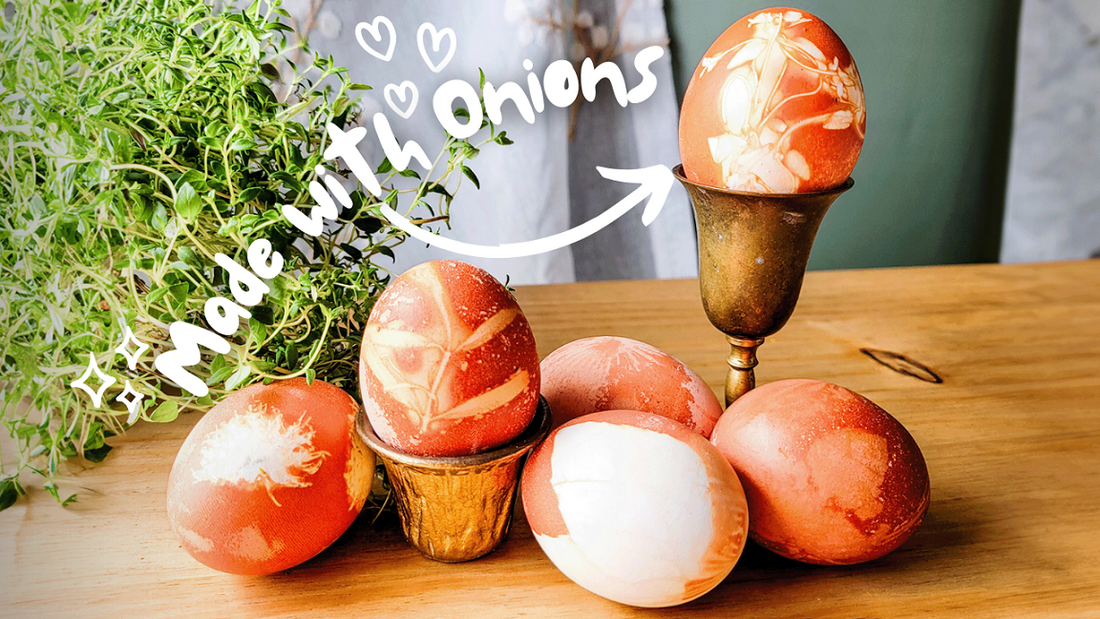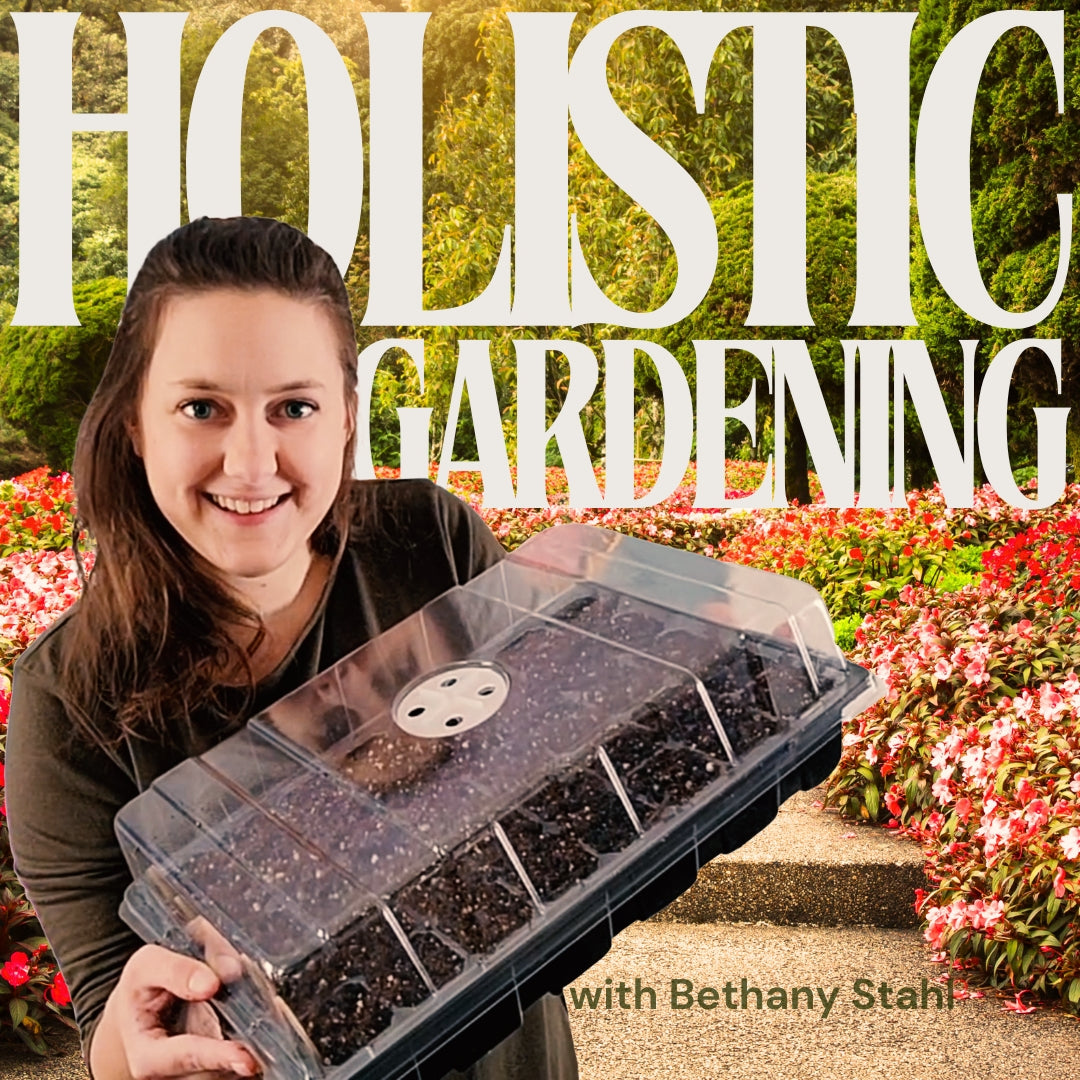
How to Dye Eggs Naturally with Onion Skins and Plants | Eco-Friendly Craft
Share
Natural Egg Dyeing: A Beautiful, Eco-Friendly Alternative
Looking for a natural way to dye eggs this season? Whether you’re preparing for Easter, celebrating Ostara or the spring equinox, or just love a good eco-friendly craft, this tutorial will guide you through creating stunning botanical Easter eggs using onion skins and plants—no synthetic dyes needed.
This zero-waste DIY project uses simple, natural ingredients like onion skins, white vinegar, and garden herbs. It’s a safe, non-toxic way to get creative, and the result is nothing short of magical. These eggs are perfect for Earth-conscious families, homeschoolers, and anyone looking to welcome spring with a hands-on, sustainable craft.
Why Choose Natural Egg Dye Over Synthetic Dyes?
Many commercial egg dyeing kits use synthetic chemicals and are packaged in plastic. These dyes are typically formulated to be safe for decorating purposes. The FDA regulates the dyes, which consider them safe for food use when used in small quantities as directed (like in egg dyeing). So, there isn't a huge concern over safety, but the real value comes in with sustainability and fun!
Where else can you get a zero-waste project where you get to harvest and forage for supplies?
By learning how to dye eggs naturally, you're embracing a low-waste lifestyle and creating something unique and biodegradable. Plus, each naturally dyed egg is a tiny masterpiece—no two are the same!
This is a wonderful green Spring Easter activity for kids, too. Since you’re only using edible, plant-based ingredients, it’s completely safe and a fun way to introduce little ones to nature-based traditions. It also aligns with those celebrating Ostara!
Supplies You’ll Need for Dyeing Eggs with Onion Skins
- 6–12 yellow or red onion skins
- Eggs (pasture-raised or from a local farmer if possible)
- Herbs and plants like parsley, fern leaves, clover, wildflowers
- 2 teaspoons white vinegar
- 4-inch squares of nylon stockings (repurpose old ones!)
- A large pot and enough water to cover eggs completely
Tip: Make sure any plant materials you use are pesticide-free and not collected from roadsides or runoff areas.
Download free instructions here: https://tinyurl.com/springeggs2025
Step-by-Step Guide to Natural Egg Dyeing
Start by preparing your natural dye bath. Place your onion skins in a large pot and fill with enough warm water to cover the eggs fully. Add white vinegar to help the dye adhere to the shells.
Next, decorate your eggs with plant materials. Lightly moisten the egg to help herbs or flowers stick. Then, carefully wrap each egg in a nylon square, pressing the plants tightly to the surface and securing all ends with string or a twist tie.
Place your wrapped eggs in the dye bath and bring the water to a gentle simmer. Let the eggs cook for 10–15 minutes. The longer they simmer, the richer the color will be.
Once done, carefully remove the eggs from the pot and allow them to cool completely. When they’re cool, unwrap the nylon and peel away the plants to reveal your botanical egg art. Each one will be uniquely beautiful, with earthy tones and delicate plant impressions.
Natural Egg Dye Tips for the Best Results
- Try using red onion skins for a deeper purple color.
- Compost the onion skins and plants after use for a zero-waste finish.
A Sustainable Spring Tradition Worth Sharing
These natural onion skin Easter eggs are a perfect way to honor spring, creativity, and sustainability. Whether you use them for your Easter basket, table centerpiece, to celebrate Ostara, or seasonal decorations, you’ll love their rustic charm and earth-toned beauty for an old-world vibe.
Naturally dyeing eggs is a small yet meaningful act that connects us to nature and promotes conscious living. Share this with other eco-minded families, green lifestyle bloggers, and DIY craft lovers—because sustainability is more fun when it’s beautiful.
Pin It, Save It, Share It!
If you enjoyed this tutorial on how to dye eggs naturally with onion skins, be sure to bookmark it, pin it to your eco-friendly crafts board, and follow along for more sustainable DIY ideas, herbal living tips, and green holiday traditions.



